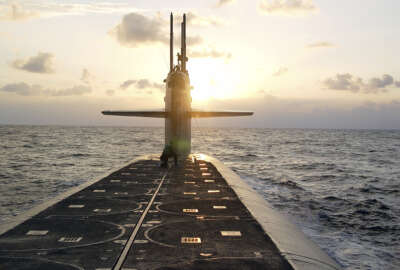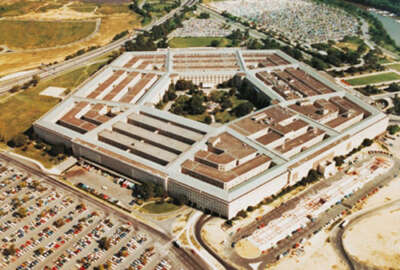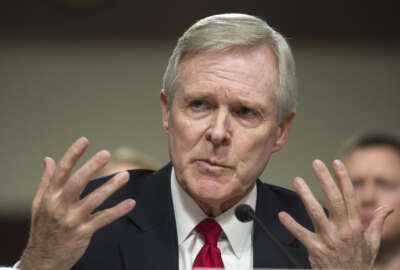
Ignoring budget caps, Navy issues new call for larger fleet
The 2016 update to the Navy Force Structure Assessment, sent to Congress last week, asserts the service needs a fleet of 355 ships in order to adequately perfor...
Almost exactly one year ago, Defense Secretary Ash Carter rebuked his Navy secretary, Ray Mabus, for submitting budget plans that Carter believed put too much emphasis on quantity over quality. Mabus evidently hasn’t been persuaded: the final force structure assessment prepared under his watch calls for a significantly bigger fleet than the Navy’s own growth plans called for two years ago.
The 2016 update to the Navy Force Structure Assessment, sent to Congress last week, asserts the service needs a fleet of 355 ships in order to adequately perform its missions. That’s a big change from the 2014 plan of 308 ships the Navy has been building toward.
Importantly though, officials fully acknowledge that the bigger Navy would be too expensive to fit within the governmentwide budget caps that have been in place since 2012 and will remain through 2021 unless Congress eliminates or raises them.
The Navy said in a statement that the new force structure assessment “was not constrained by Budget Control Act funding levels” but insisted that “if funded, this plan is executable, as each ship class called for in the FSA has an active shipbuilding line already up and running.”
The new assessment calls for growth in several areas compared to the prior plan, most notably, 12 aircraft carriers instead of 11, 104 large surface warships instead of 88 and 66 attack submarines instead of 48.
“To continue to protect America and defend our strategic interests around the world, all while continuing the counter-terrorism fight and appropriately competing with a growing China and resurgent Russia, our Navy must continue to grow,” Mabus said in a statement. “All of the analysis done to date, inside and outside of the Navy, recognizes, as we have for nearly the last eight years, the need for a larger fleet. That is why, working with Congress and our partners in industry, we have successfully reversed the decline in shipbuilding that occurred from 2001-2009, putting 86 ships under contract over the last seven years. Maintaining this momentum, and the cost-saving business practices we have established, will be critical to ensuring the Navy is able to achieve the FSA-recommended fleet size.”
During public speeches and interviews, Mabus often touts his success in increasing Navy shipbuilding during his unusually long tenure.
But he may have felt more free to recommend a larger fleet not only because this is the last assessment of his career as secretary, but also because it aligns closely with what little President-elect Donald Trump has said about his plans for Defense. Trump called for a 350-ship Navy during the presidential campaign, along with a larger Navy and Marine Corps.
Assuming lawmakers find a way to manage around or completely ignore the deficit reduction imperatives that prompted the Budget Control Act in the first place, the plan is also likely to get support in the upcoming Republican-controlled Congress.
“This force structure assessment is long overdue, but welcome news for America’s national security,” said Rep. Mac Thornberry (R-Texas), the chairman of the Armed Services Committee. “At a time when our adversaries are investing in weapons systems and engaging in aggressive behavior, this strategy, if implemented, will help boost our fleet, support our security, and send a strong signal to allies and enemies alike that American naval power remains a key element of our defense.”
Return to the DoD Reporter’s Notebook
Copyright © 2024 Federal News Network. All rights reserved. This website is not intended for users located within the European Economic Area.
Jared Serbu is deputy editor of Federal News Network and reports on the Defense Department’s contracting, legislative, workforce and IT issues.
Follow @jserbuWFED





